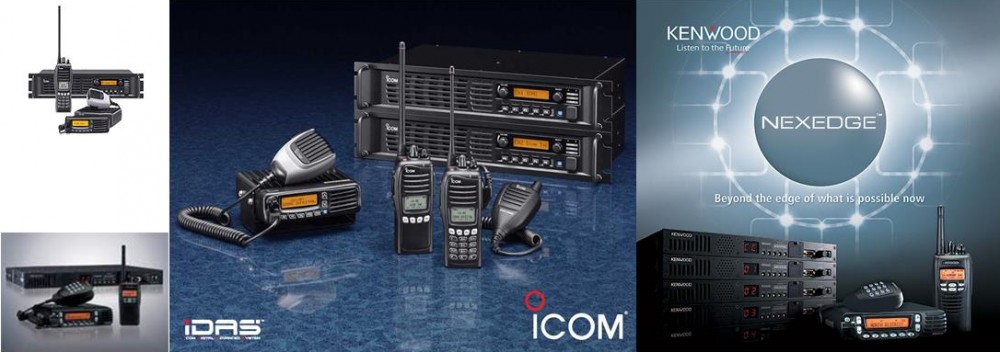Greetings all,
Here is a quick run up of what is in the pressure cooker….
NXREF UPDATES TO ROLL OUT IN THE COMING MONTHS.
A & B; A Bug Fix for the Kenwood side of the NXREF. One is with the turn on / turn off messages, and the other is dealing with the heartbeat for the UDP ports, since KWD uses 2 UDP ports.
New Features: Talk Group Linking and Authentication, a simple Public PKM style (something like IRLP) to add security to the NXDN Network. If the access code does not match, no link will be established.
Talk Group Linking; this will allow for Local, Regional, State, or even Area Wide uses.
Florida uses TG 1200 for Florida Wide, and Tampa is using 1201 for West Central Florida. As an example.
If you have not become a member of the HAM_NXDN email group, this is a Yahoo group located at: http://groups.yahoo.com/group/ham_nxdn/
This is open to ALL HAMS World Wide, and talks about the use of NXDN Radios for the advancement of Ham Radio, and 6.25 Digital Technology.
That is it for now.

